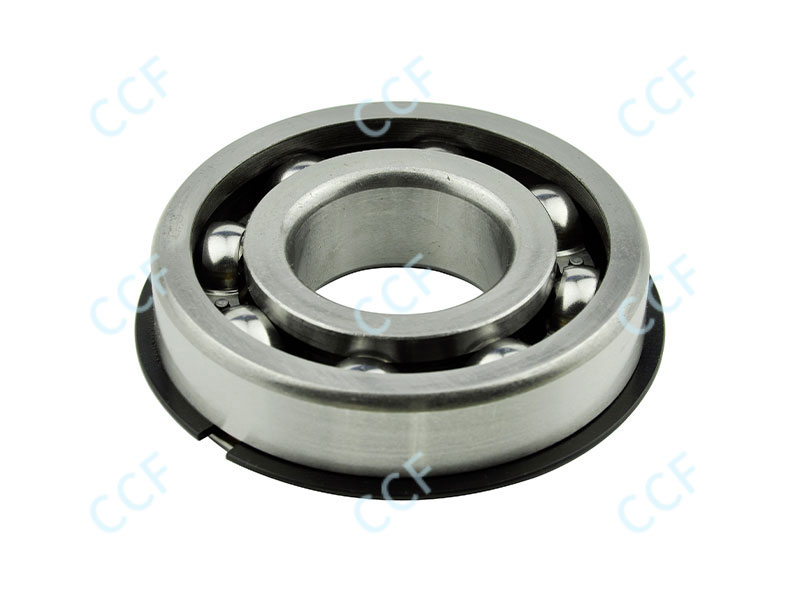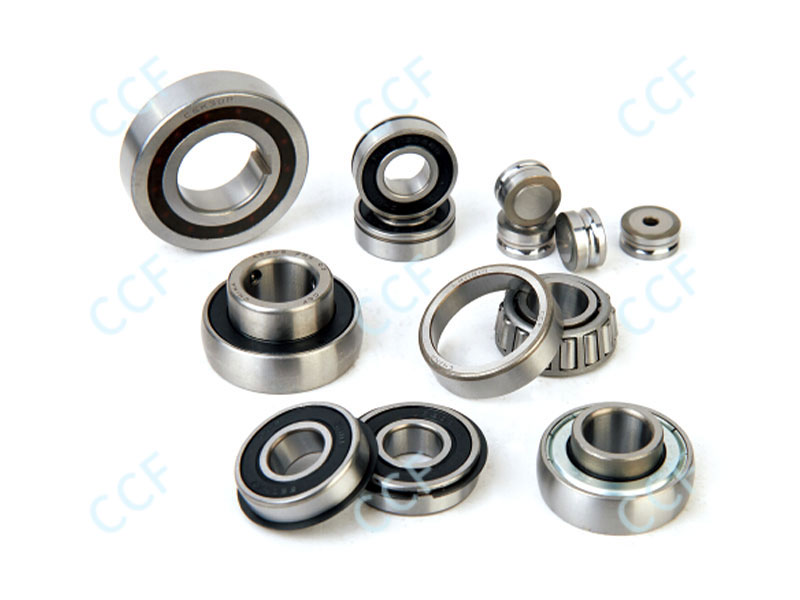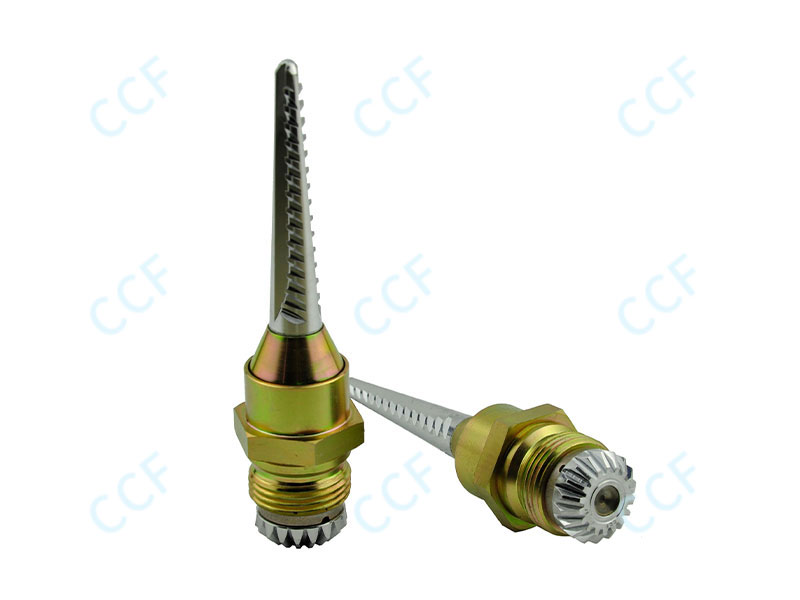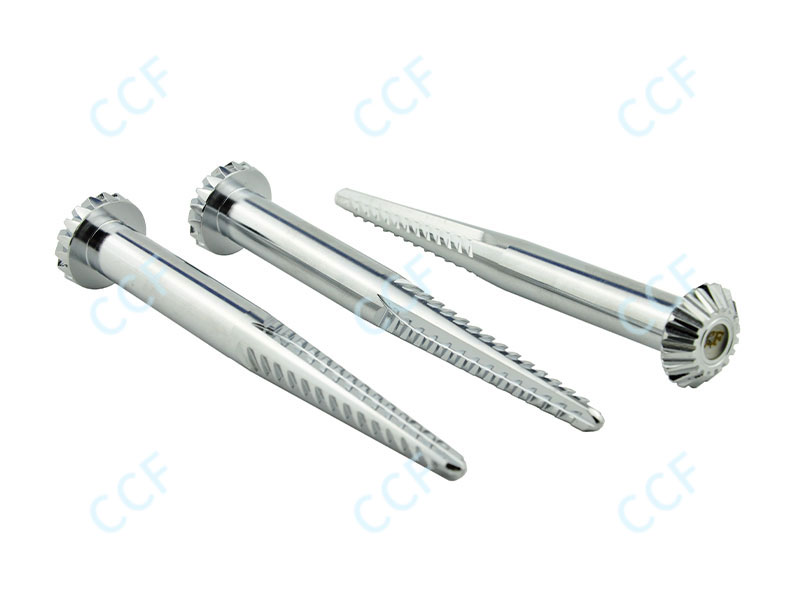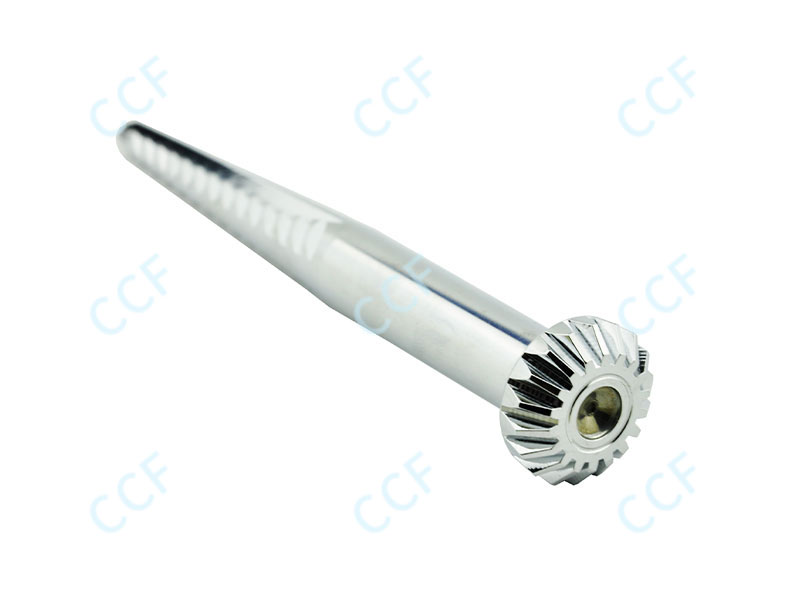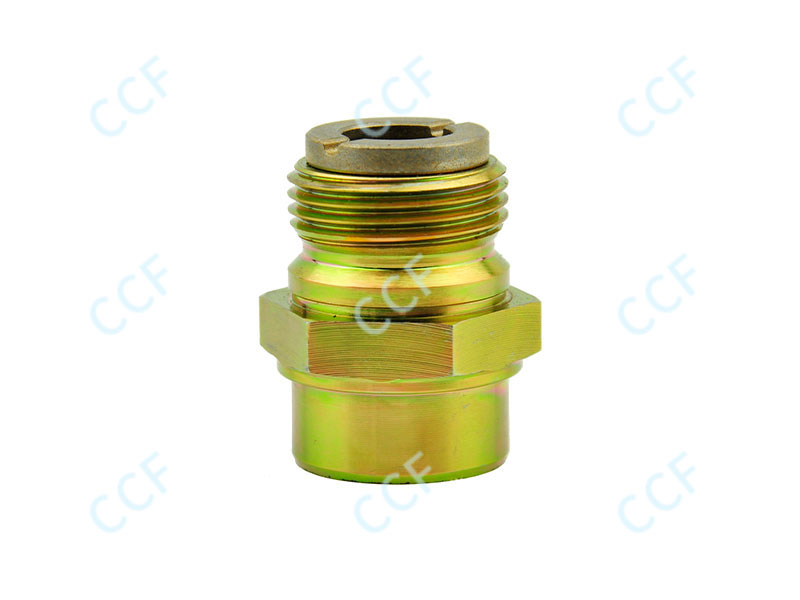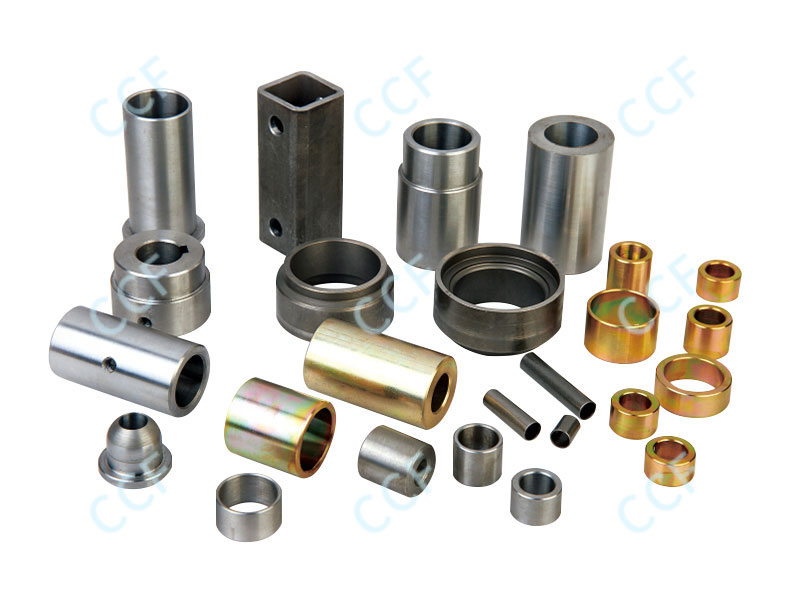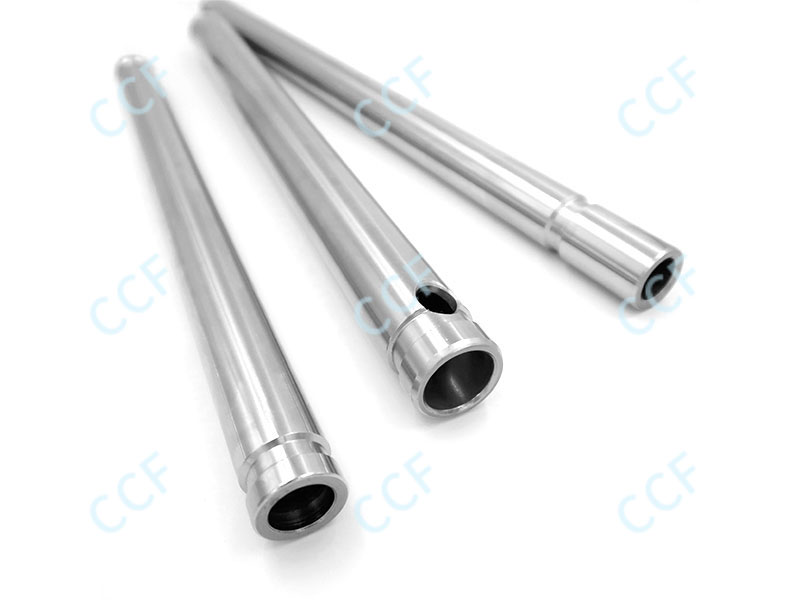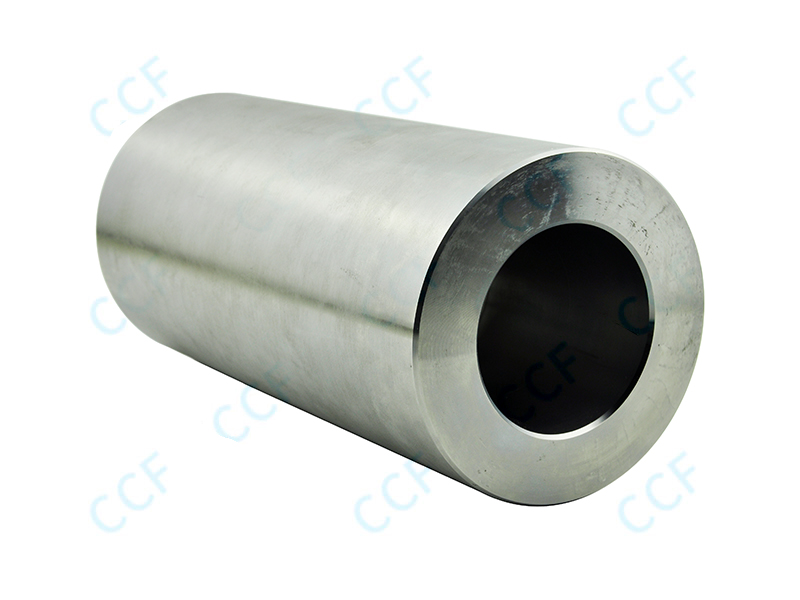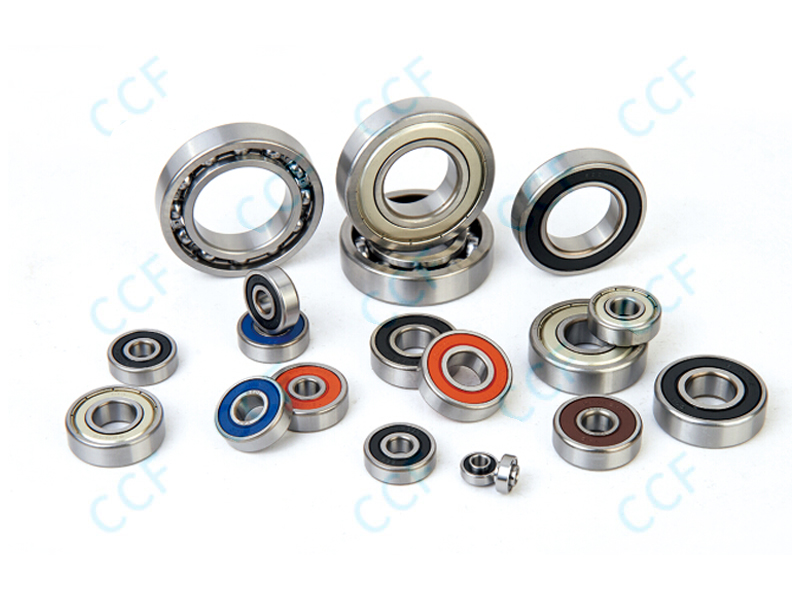Fatigue failure is one of the most frequent issues encountered in industrial motor ball bearings. This type of failure occurs when the bearing surfaces undergo repeated stress cycles during operation. Over time, the constant rolling contact between the balls and the raceways can cause micro-cracks to form. These cracks gradually propagate, leading to spalling, pitting, or flaking on the bearing surfaces. Fatigue failure is influenced by factors such as load magnitude, lubrication quality, and the material properties of the bearing. Bearings subjected to heavy or uneven loads tend to show fatigue signs earlier than those operating under stable conditions.
Proper lubrication is critical for the reliable operation of industrial motor ball bearings. Inadequate lubrication can result in increased friction, higher operating temperatures, and accelerated wear. Lubrication failures may occur due to insufficient oil or grease, contamination with dust or water, or using a lubricant unsuitable for the operating conditions. When bearings are not adequately lubricated, metal-to-metal contact occurs, which can produce scratches, scoring, and excessive heat. Over time, these effects can degrade the bearing surface and reduce its lifespan. Maintenance schedules that ensure proper lubrication intervals and correct lubricant selection are essential to prevent this type of failure.
Misalignment between the bearing and the shaft or housing can cause uneven stress distribution in the industrial motor ball bearings. This condition results in localized contact pressures, leading to premature wear and surface damage. Misalignment can arise during installation, due to thermal expansion, or from structural deformations in the motor assembly. Bearings operating under misalignment may generate unusual noise, vibration, and heat, which serve as early warning signs of potential failure. Choosing bearings with suitable self-aligning capabilities or ensuring precise alignment during installation can mitigate this risk.
Contamination is another significant cause of industrial motor ball bearing failure. Foreign particles such as dust, dirt, metal shavings, or water can enter the bearing through seals or during maintenance operations. These contaminants disrupt the smooth rolling of balls on the raceways, creating abrasion, indentations, or corrosion. Even small amounts of debris can cause surface fatigue over time. Employing effective seals, maintaining a clean operating environment, and using filtered lubricants can reduce the likelihood of contamination-related failures.
Industrial motor ball bearings are susceptible to corrosion when exposed to moisture, chemicals, or other corrosive substances. Rust formation on the balls or raceways leads to rough surfaces and irregular rolling behavior. Corrosion not only accelerates wear but also reduces the bearing's load-bearing capacity. Bearings used in humid or chemically aggressive environments must be made from corrosion-resistant materials or have protective coatings. Regular inspection for signs of corrosion and preventive maintenance can help extend the bearing life.
Excessive heat generation in industrial motor ball bearings can result from high-speed operation, overloading, or inadequate lubrication. Overheating causes the bearing material to lose hardness, reduces lubricant effectiveness, and may lead to thermal expansion that disrupts proper clearance between components. Prolonged exposure to high temperatures can accelerate fatigue and increase the risk of surface damage. Monitoring operating temperatures and ensuring appropriate cooling and lubrication practices are important measures to prevent thermal-related failures.
Incorrect installation procedures can significantly affect the performance of industrial motor ball bearings. Common installation errors include excessive force during press-fitting, improper alignment, or using incorrect tools. Such mistakes can cause brinelling, cracks, or deformation in the bearing components. Even minor damage during installation can propagate into major issues during operation. Adhering to recommended installation techniques and using specialized tools helps minimize the risk of installation-induced failures.
Bearings subjected to frequent vibration or sudden shock loads may experience accelerated wear or cracking. In industrial motor ball bearings, shock loads can cause localized deformation on raceways or rolling elements, eventually leading to spalling or surface fatigue. Vibration-induced resonance may also loosen the bearing seating or reduce the effectiveness of lubrication. Controlling operational vibration, selecting bearings designed for shock resistance, and ensuring proper mounting can reduce these risks.
| Failure Mode | Cause | Typical Symptoms | Preventive Measures |
|---|---|---|---|
| Fatigue Failure | Repeated stress cycles | Spalling, pitting | Load control, material selection |
| Lubrication Failure | Inadequate or contaminated lubricant | Noise, heat, wear | Correct lubricant, regular maintenance |
| Misalignment | Shaft/housing misalignment | Vibration, uneven wear | Proper installation, self-aligning bearings |
| Contamination | Dust, water, metal debris | Abrasion, indentations | Seals, clean environment, filtered lubricants |
| Corrosion | Moisture, chemicals | Rust, rough surfaces | Corrosion-resistant materials, protective coatings |
| Overheating | High speed, overload, poor lubrication | Reduced hardness, thermal expansion | Temperature monitoring, cooling, lubrication |
| Installation Damage | Incorrect press-fit or alignment | Brinelling, cracks | Proper tools, correct procedures |
| Shock & Vibration | Sudden loads, resonance | Surface fatigue, loose seating | Shock-resistant bearings, vibration control |
Preventing industrial motor ball bearing failures requires systematic monitoring and maintenance. Techniques such as vibration analysis, temperature measurement, and lubricant condition checks can help detect early signs of failure. Establishing routine inspection schedules, using high-quality lubricants, and ensuring proper installation are key measures. Additionally, training personnel to recognize early symptoms of bearing issues can prevent minor problems from developing into major failures.
Choosing the right industrial motor ball bearings for the specific application is fundamental to reducing failure risks. Considerations include load type, speed, operating environment, and required lifespan. Selecting bearings with features such as high load capacity, self-aligning properties, or corrosion resistance can address potential failure modes. Manufacturers often provide detailed specifications that should be carefully matched to the operational demands of the motor system.
